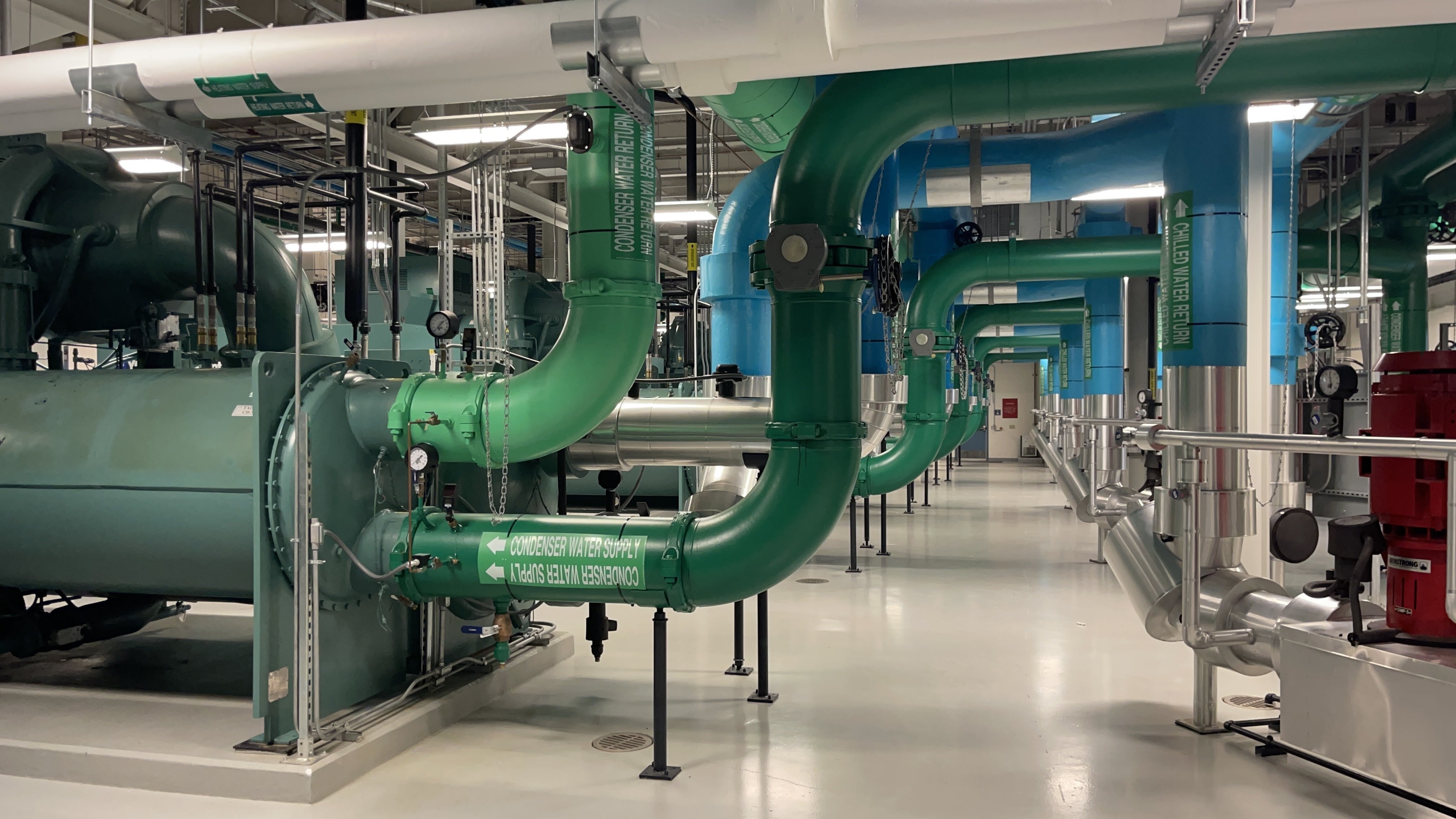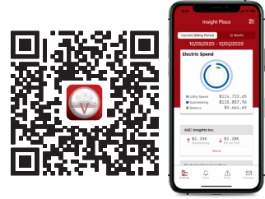The Mini Guide to Truly Effective Submetering
How submetering can help you turn your building data into dollar signs
TRUE OR FALSE:
Submetering is the best thing since the internal combustion engine and every building should have its own system.
We would say false. Not to the first part – because totally – but to the second. Most business properties SHOULD be submetered, and many are required to be. But submetering, especially using a remote reading system, is not appropriate for every situation.
So what are the best ways to use submetering effectively, and when is submetering not the right choice?
Types of Submetering
The aphorism "You can't manage what you don't measure" is particularly true in building operations. Submetering makes utility management more effective by measuring consumption by a specific service area or piece of equipment within a building and "behind" the utility's meter.
How does tracking utility usage make you more efficient? Because having that information is critical for breaking down utility costs by tenant or department, optimizing equipment and system performance, tracking carbon emissions, and reducing utility consumption. It provides visibility into how much, where, and when utilities are consumed, which is particularly difficult and important to optimizing operations in large and complex facilities.
Submetering comes in two main flavors: tenant and plant submetering.
Tenant submetering measures energy or other utility consumption, such as water or BTU, in tenant-specific service areas. This may include demand measurements.
Plant submetering measures the energy your plant uses to run the building(s). Submetered equipment may include BTU meters, electric meters, flow meters, gas meters, steam meters, and other equipment embedded in your plant management systems.
When Doesn't Submetering Make Sense?
Submetering is an amazing tool for assigning costs and identifying opportunities for efficiencies. That said, there are some rare cases in which submetering may not be cost-effective.
Submetering has its own upfront and ongoing costs, which is why it's essential to look at costs vs. opportunities. For example, a decent estimate for one good electric meter and related CTs and voltage connections is ~$1200. Multiply that by the number of meters you need. Now add installation, commissioning, and ongoing verification to ensure your data is solid.
What might all that cost? The ROI on submetering is real, but every building is unique. We can't make a blanket statement about what YOUR building will need. We can tell you that the worse your current utility measuring system is, the shorter your ROI will be.
Here's how we think about the tradeoffs:
- When submetering to measure energy efficiency, what are the estimated energy savings compared to the submetering costs?
- When allocating costs and working with tenants, the accuracy of the submetering is critical. Do you have/can you afford revenue-grade meters? And are you willing to have them regularly validated?
- Do your budget and stakeholders allow you to start small and grow your system? When submetering to identify energy conservation measures, we recommend targeting the most critical process steps and then adding submetering as you learn more.

How to Get the Most Out of Your Submetering
Many properties we speak to already have submetering in place but could get more value from their system with some time and tweaks.
No matter who you are, our top recommendation is this: Have your meters validated regularly. (We suggest professionally testing one-third of your total meters each year.) Inaccurate data obscures problems and drains submetering's benefits.
Additionally, we recommend the following practices to fully leverage the benefits of submetering.
BEST PRACTICES FOR BETTER TENANT SUBMETERING
- Gather all your leases and ensure that the utility allocation terms are appropriately reflected in the invoices.
- Analyze the existing metering system's capabilities against your tenant billing needs.
- Advise tenants on submetering blind spots and their financial impacts (such as paying more in common area costs or higher charges).
- Review and audit tenant utility bill(s) regularly against the utility provider's bill and make sure they net to zero. If they don't, you may have a malfunction somewhere.
BEST PRACTICES FOR BETTER PLANT SUBMETERING
- Conduct a comprehensive review of your equipment's performance and system operating costs on a real-time basis.
- Have a systems engineer analyze your data to find anomalies and outliers, which will yield energy savings.
- Identify a cost-effective and efficient sequence of operations based on building load and outside air temperature.
- Meet regularly with systems engineers to review data and get suggestions specific to your needs and energy efficiency goals.
- Develop energy analytics and performance alerts to sustain your energy conservation measures.
About utiliVisor
Your tenant submetering and energy plant optimization services are an essential part of your operation. You deserve personalized energy insights from a team that knows buildings from the inside out, applies IoT technology and is energized by providing you with accurate data and energy optimization insights. When you need experience, expertise, and service, you need utiliVisor on your side, delivering consistent energy and cost-saving strategies to you. What more can our 45+ years of experience and historical data do for you? Call utiliVisor at 212-260-4800 or visit utilivisor.com


